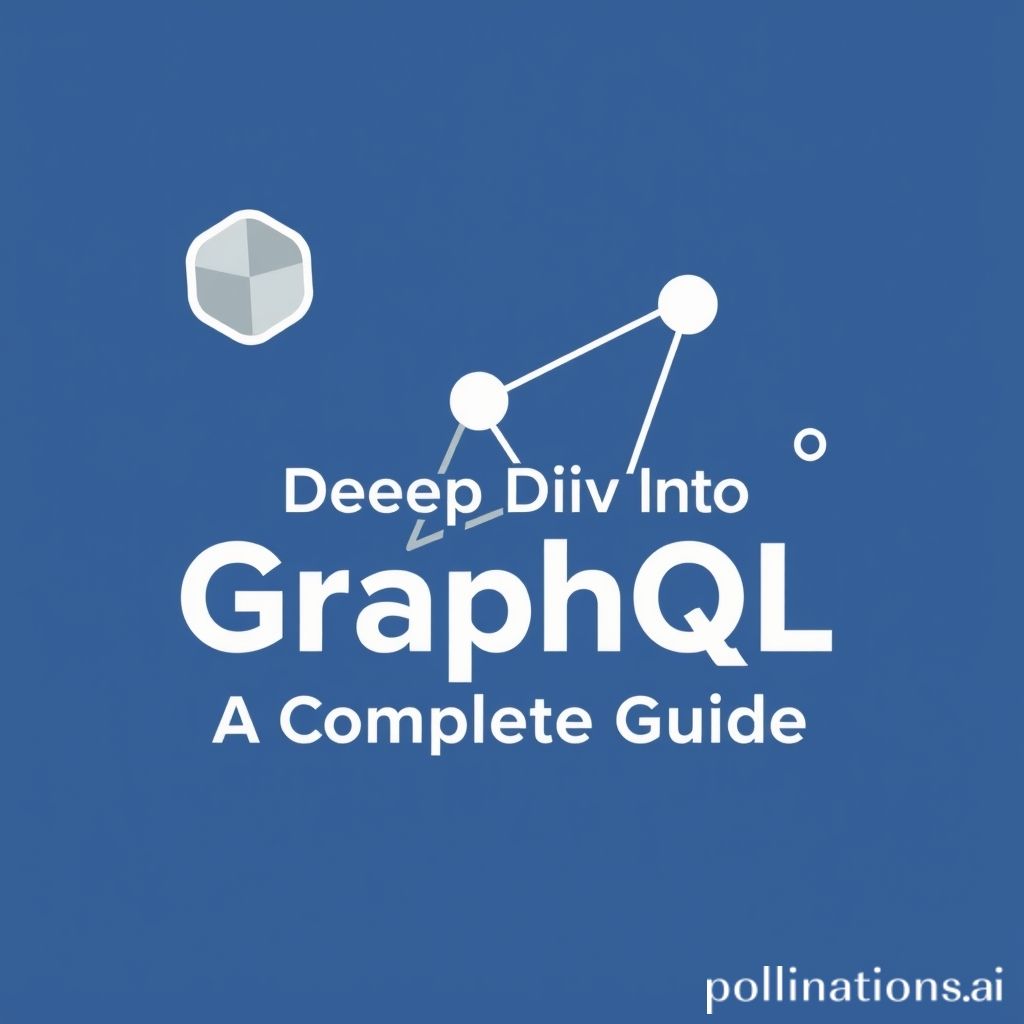
Deep Dive into GraphQL: A Complete Guide
GraphQL is a query language for APIs, designed to provide a more efficient way to interact with data compared to traditional REST APIs. Developed by Facebook in 2012 and released to the public in 2015, GraphQL allows clients to request only the data they need, making it easier to work with complex systems and reducing over-fetching and under-fetching of data.
What is GraphQL?
GraphQL stands for Graph Query Language. It allows developers to define the structure of the data required, enabling clients to retrieve exactly what's needed in a single request. Unlike REST, which utilizes fixed endpoints, GraphQL exposes a single endpoint that handles requests for different resources.
Key Features of GraphQL
- Declarative Data Fetching: Clients can specify the shape and structure of the response data, ensuring that they receive exactly what they require.
- Single Endpoint: Instead of having multiple endpoints for different resources, GraphQL operates through a single endpoint, simplifying the API architecture.
- Strongly Typed Schema: GraphQL uses a schema to define the types of data that can be queried, providing a clear contract between the client and server.
- Real-time Updates: Subscriptions in GraphQL allow clients to receive real-time updates when data changes, enhancing user experiences in applications.
How GraphQL Works
At its core, GraphQL is built around three fundamental operations:
- Queries: Used to fetch data from the server. Clients can specify what data they want, and the server returns it in a structured format.
- Mutations: Used to modify server-side data. This is how clients send data to the server to create, update, or delete resources.
- Subscriptions: Allow clients to subscribe to real-time events, enabling them to receive updates when specific data changes.
Benefits of Using GraphQL
- Efficiency: Reduces the number of API calls by enabling clients to request multiple resources in a single query.
- Flexibility: Clients can evolve their requirements without overhauling the API, as they can modify queries without changing the server-side implementation.
- Developer Experience: The introspective nature of GraphQL allows developers to explore and understand the API schema easily.
Challenges of GraphQL
While GraphQL offers many advantages, it also presents challenges that developers should consider:
- Complexity: Building a GraphQL server can be more complex than setting up a REST API, especially for developers new to the paradigm.
- Performance Issues: Queries can become overly complex, which may lead to performance bottlenecks if not managed properly.
- Authentication and Caching: Implementing authentication and caching strategies can be more challenging compared to RESTful APIs.
Conclusion
GraphQL is a powerful alternative to REST APIs, providing a flexible and efficient way to interact with data. By understanding its core concepts and features, developers can harness its potential to build responsive, user-friendly applications. While it comes with its own set of challenges, the benefits often outweigh the drawbacks, making GraphQL a compelling choice for modern web applications.
